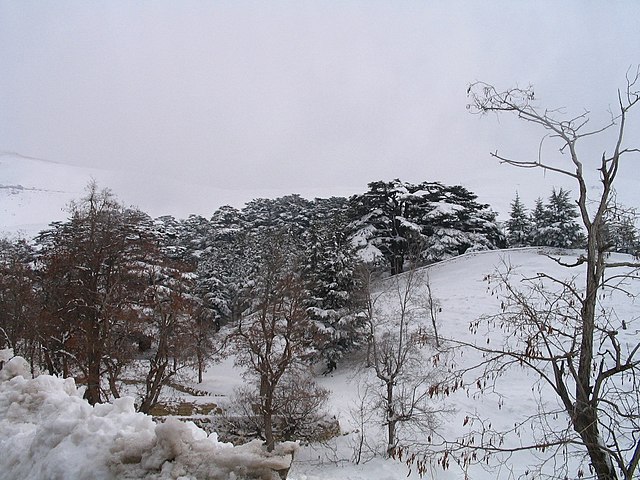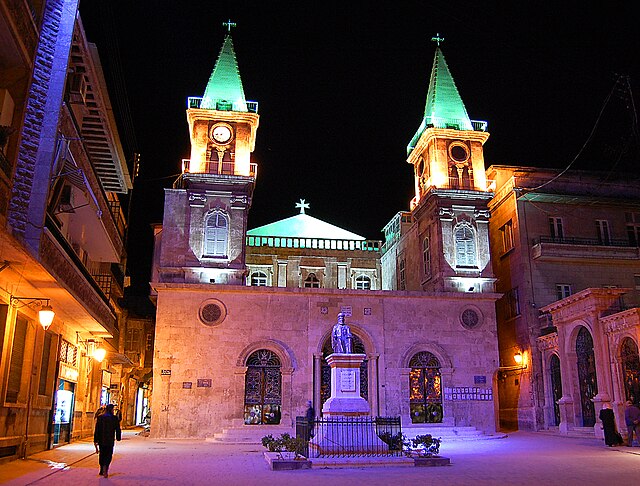Balochistan, also spelled Baluchistan or Baluchestan, is a historical region in Western and South Asia, located in the Iranian plateau's far southeast and bordering the Indian Plate and the Arabian Sea coastline. This arid region of desert and mountains is primarily populated by ethnic Baloch people.
Balochistan region in pink
Large Baluch carpet, from the mid 19th century. Alternating rows depict cypress trees and Turkmen Gül motifs in offset coloration. The somber background colors are characteristic of Baluch weavings. This likely was a commission for a tribal Khan or chieftain for ceremonial use.
Baloch children photographed in Ashkutu, Iran, in March 2017
West Asia, also called Western Asia or Southwest Asia, is the westernmost region of Asia. As defined by most academics, UN bodies and other institutions, the subregion consists of Anatolia, the Arabian Peninsula, Iran, Mesopotamia, the Armenian highlands, the Levant, the island of Cyprus, the Sinai Peninsula and the South Caucasus. The region is separated from Africa by the Isthmus of Suez in Egypt, and separated from Europe by the waterways of the Turkish Straits and the watershed of the Greater Caucasus. Central Asia lies to its northeast, while South Asia lies to its east. Twelve seas surround the region (clockwise): the Aegean Sea, the Sea of Marmara, the Black Sea, the Caspian Sea, the Persian Gulf, the Gulf of Oman, the Arabian Sea, the Gulf of Aden, the Red Sea, the Gulf of Aqaba, the Gulf of Suez, and the Mediterranean Sea. West Asia contains the majority of the similarly defined Middle East. The Middle East is a political term that has changed many times depending on political and historical context while West Asia is a geographical term with more consistency. It excludes most of Egypt and the northwestern part of Turkey, and includes the southern part of the Caucasus.

A Lebanese Cedar Forest in winter
Pilgrims in the annual Hajj at the Kaaba in Mecca.
Cathedral of Saint Elijah, Aleppo.
Jews praying at the Western Wall.







